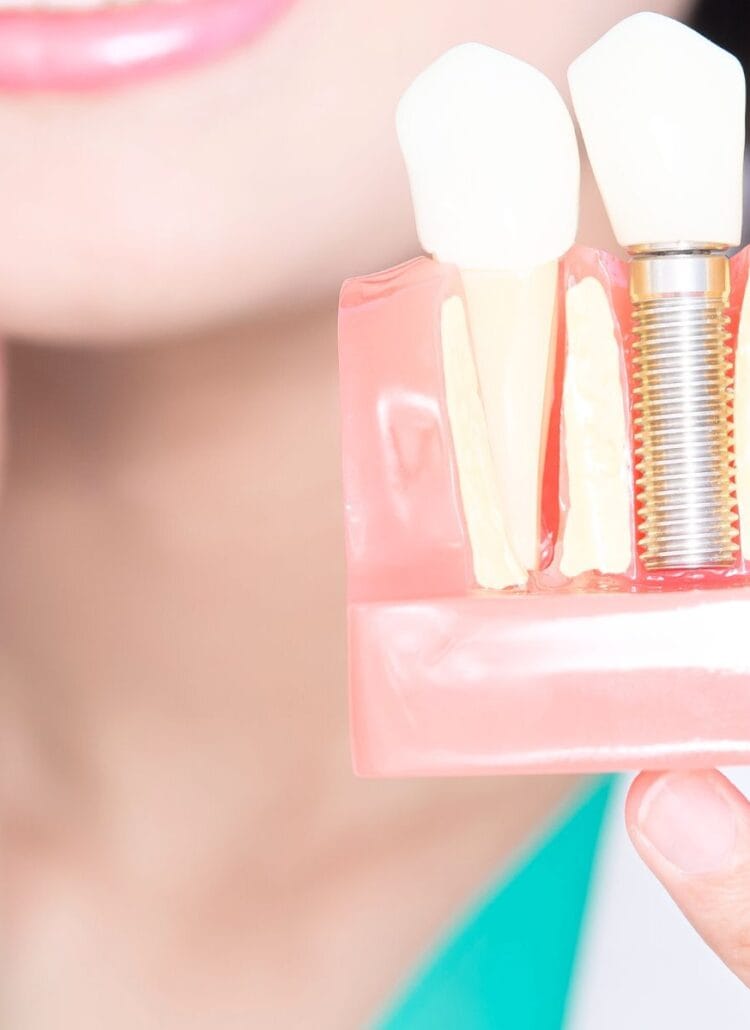
How much do you know about teeth? Teeth are considered very important. They help to smile, speak, chew and bite. Every day we encounter harmful toxins from different types of sources like pollution, processed food, household cleaners, cosmetic products, and many more, brushing and flossing might look like a simple task. But, only with proper care of the teeth, one can make sure that their body is healthier.
The mouth is the most common place for toxin and infection exposure if they are not treated in-time they sometimes might lead to damaging the immune system. Did you ever think how much you know about teeth? Let’s dive into the top five facts that prove the teeth are remarkable.
Uniqueness
Just like fingerprints, even the teeth are quite unique; every individual has a different kind of tooth print. Whether it is baby’s teeth which are usually 20, or the permanent anent 32 teeth in adults, all the teeth are distinctive and no two teeth are quite the same shape or size. Every individual’s teeth come in a vast range of natural shades. They have a different variety of shades of white, but the teeth should not be dingy or dark in color. If they are then they are signs of dead nerves, decay, and other oral issues. Every tooth in the mouth has its own uniqueness, they also are different among each individual. A person’s smile is a true mark of individuality.
Did You Know: If a person is right-handed, they will chew the food on their right side. If left-handed then will tend to chew the food on the left side.
Care for the Teeth
The care for the teeth is a practice from ancient years which is still being carried out. The first toothbrushes were twigs that the ancestors used to chew on by using the frayed end to cleanse the teeth. During 5,000 B.C., the Egyptians used to clean and polish their teeth with the help of ground animal hooves and crushed eggshells. And in the 1700s, a British inventor had adapted a design for the toothbrush which was first seen in China, which has a bone handle with boar bristles fixed into small holes and was tightened with the help of a wire. In the 1930s the modern toothbrushes that have nylon bristles arrived. The first electric toothbrush was introduced in the year 1954.
Did You Know: A study says that more people use blue toothbrushes than red ones.
Stories of Teeth
By properly examining the teeth from a dental expert a story can be told about them. Nothing is hidden when it comes to teeth stories they tell how old an individual is what he/she drinks and eats, sometimes it is also possible to tell on Earth where the individual has lived. The teeth also reflect the overall health that include stress, illness, periods in women, and other details. In a nutshell, teeth are the perfect record keepers of an individual’s personal history.
Did You Know: According to NADP Research, the average person only brushes for 45 to 70 seconds a day, but the recommended amount of time to brush is 2-3 minutes.
Teeth Blueprint
In the babies the first 20 teeth are already present and under their gums, waiting for the right time and age to break through. Usually, starting between 3 to 6 months of age. During childhood, the roots and crowns of adult teeth get formed under those baby teeth, waiting for the age and time so that they can come out of the way.
Did You Know: Dogs have 42 teeth, cats have 30, pigs have 44, and an armadillo has 104. A snail’s mouth is as small as the head of a pin, but it can have over 25,000 teeth. Whereas Blue Whale is the largest mammal on earth, but it eats only tiny shrimp because it has no teeth. The plover bird flies into the open mouth of a crocodile and cleans the crocodile’s teeth by actually getting a meal of its own by eating the meat from between the crocodile’s teeth.

Brushing and Cleaning
It is very important to clean between the teeth just like brushing the teeth. While brushing the teeth it is quite easy to reach the top and sides of the teeth, but the surface will remain which is the most crucial part of the tooth enamel. Even that needs to be cleaned properly. Properly cleaning between the teeth helps in the removal of bacteria and food that is present there and also gives healthy gums. It is a lot easier to clean the teeth within the gaps. The decay will be less if those gaps and teeth are sparkling. If the gaps are very small then it would be quite harder to get in between the teeth and removing existing bacteria and food. Flossing well should be the best way to do it. It is also highly recommended to visit the dentist often for teeth and gum cleanings and check-ups.
Did You Know: More than 300 types of bacteria make up dental plaque. Brush and floss twice a day, because if you don’t then you miss cleaning 40% of the tooth surfaces.
Pin This Post

Share This Post





